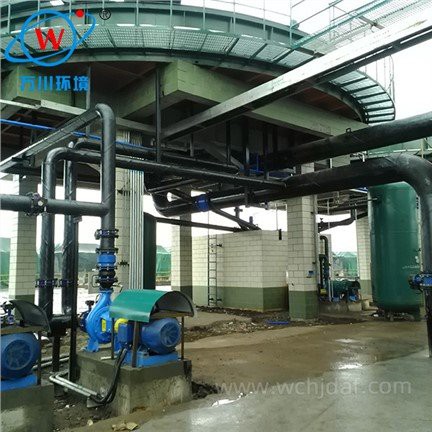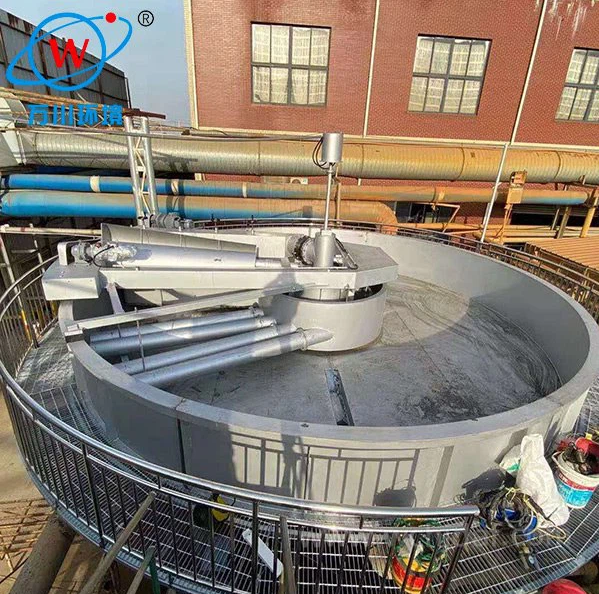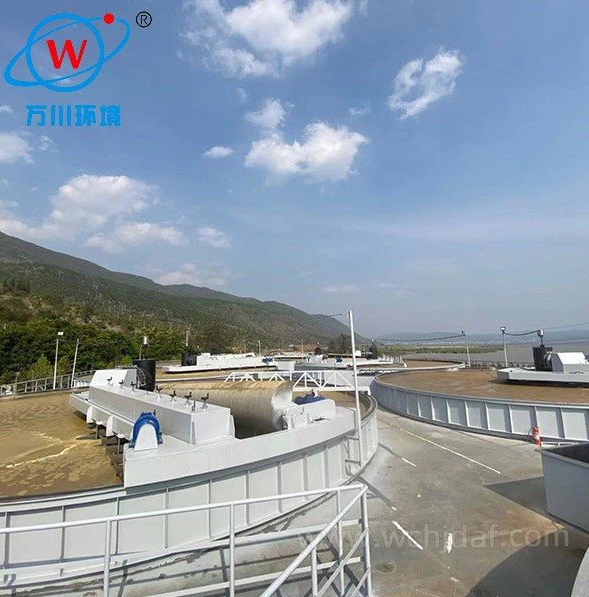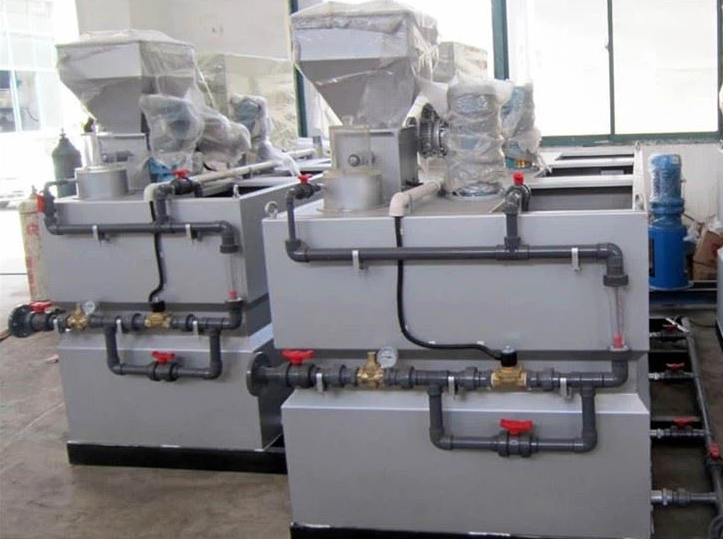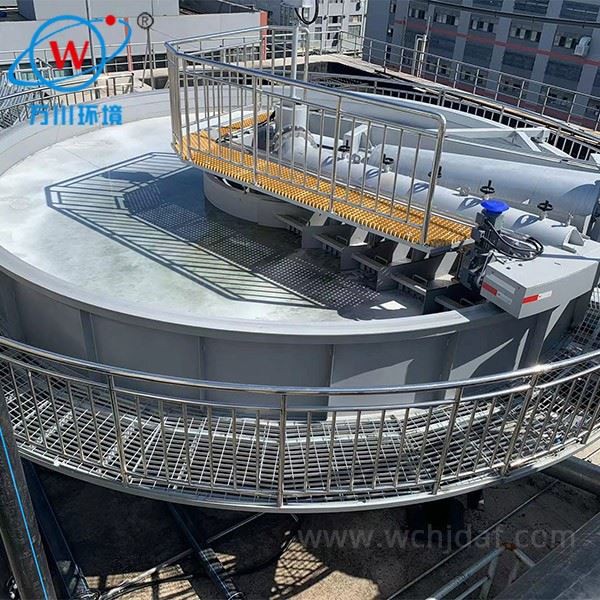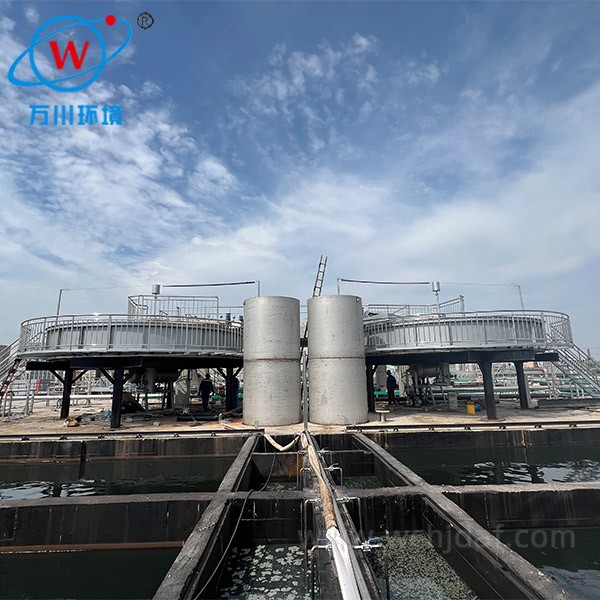Bubble-Particle Attachment Mechanism
The attachment mechanism between bubbles and particles during combination air flotation relies on a complex interplay of physical, chemical, and hydrodynamic forces, optimized by the process's integrated design to enhance particle capture efficiency.
-
Interfacial Energy Reduction: At the core is the reduction of interfacial energy, which drives adhesion. Pre-treatment with coagulants/flocculants neutralizes negative charges on particles, reducing electrostatic repulsion. This allows van der Waals forces to create stable bonds between particles and bubbles.
Key factors: charge neutralization van der Waals forces electrostatic repulsion
-
Surface Hydrophobicity: Naturally hydrophobic particles (oils, organic matter) align with bubble surfaces. Combination air flotation amplifies this by adjusting pH or adding surfactants to modify hydrophilic particles.
Enhancement methods: pH adjustment surfactants hydrophobic alignment
- Size Compatibility: The system generates bubbles from micro to fine sizes (10-50μm) to match particle dimensions. Smaller bubbles increase collision probability, while larger bubbles provide buoyancy for aggregated clusters.
-
Hydrodynamic Optimization: Controlled mixing and gentle turbulence promote collisions without disrupting bonds. Upward flow and baffle designs prolong contact time for stable aggregate formation.
Design features: controlled mixing upward flow baffle systems
Together, these factors—charge neutralization, hydrophobic attraction, size matching, and optimized flow dynamics—create a robust attachment mechanism that makes combination air flotation highly effective at separating even the finest particles from sewage.

